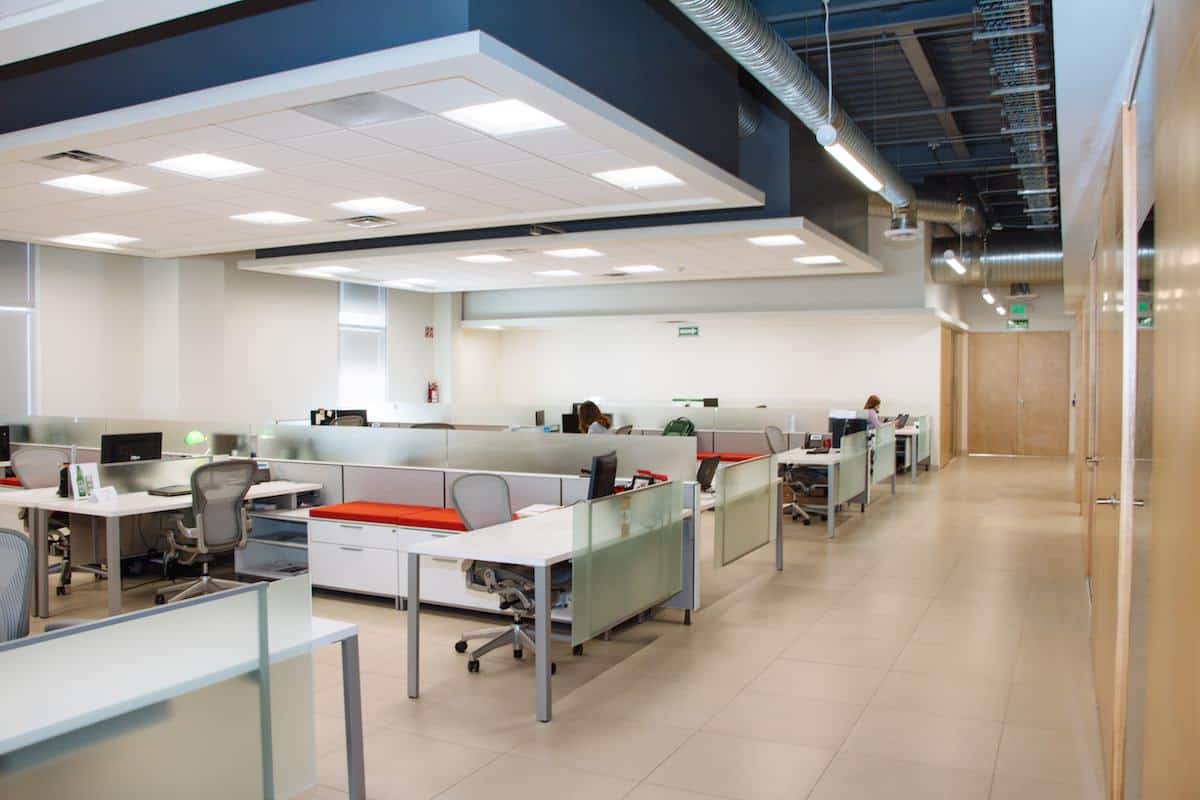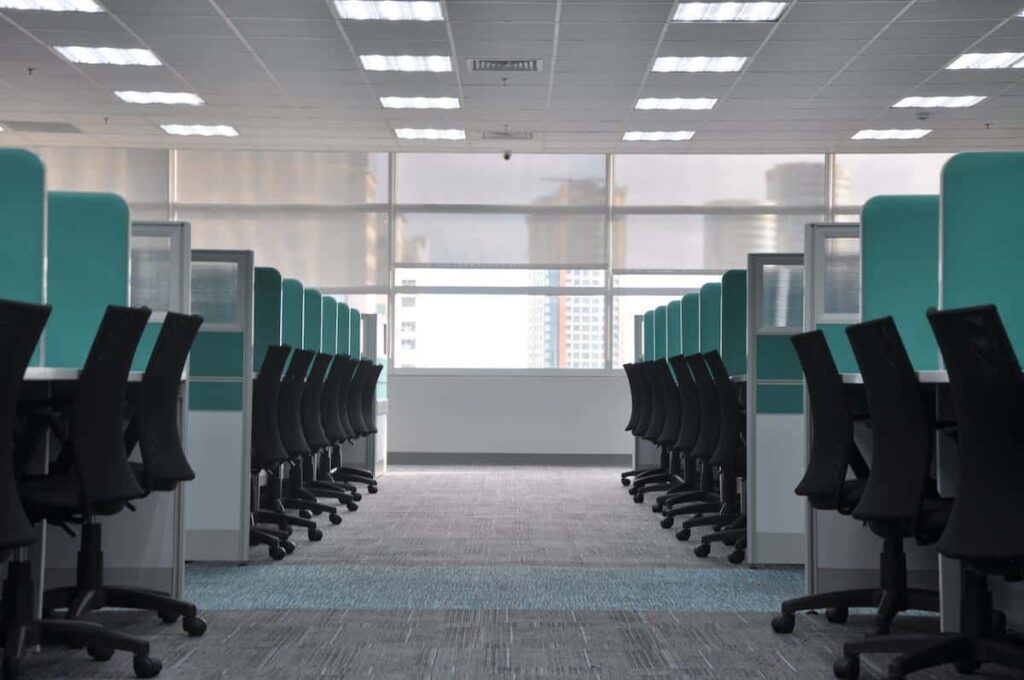HVAC Checklist to prepare for reopening after Corona Virus / Covid-19 shutdown.
As we head towards the new normal, during Corona Virus, many businesses are considering a return to work in offices and workspaces that may have been closed for up to three months.
Government Guidance and Heating, Ventilation and Air Conditioning (HVAC) governing body BESA have recommended the following:
- Work from home if possible.
- If you have to attend your workplace to carry out all or part of your duties then the following has been recommended:
- Maintain social distancing where ever possible.
- Ventilate the workspace as much as possible.
- Regularly wash hands with warm soapy water.
- Regularly clean touchpoint areas with a suitable cleaning product.
Our expertise is NOT in delivering advice about social distancing or your new work practices, but in ensuring the entire HVAC, chilled water and electrical systems throughout your site are fit for purpose and any risk to your staff and risk of failure or damage on start-up is absolutely minimised. Let’s look at each system in turn, assess the potential risks and show you how to minimise them.
1. Ventilation systems with full fresh air available
The risks with a system not being run are that they may have become clogged, dusty or have allowed bacteria levels to build up on surfaces and filter media.
How to control this risk
- Before putting any mechanical ventilation system into operation a “pre-operation check” should be carried out.
- This should include replacing filters, cleaning air handling units and supply fans. Systems should be set to 100% fresh air if available and a physical check that any dampers are in the correct position.
- To ensure that the system is ‘flushed’ you should run any ventilation systems on full fresh air if possible for a suitable duration prior to occupancy.
- If your building uses a Building Management System (BMS) it should be set to run ventilation systems to 24/7.
- If possible reduce fan speeds and temperatures to lower levels during unoccupied times.
- Ventilate the space as much as possible by opening all available windows.
- Place signs in ventilated spaces informing occupants not to close windows or turn off ventilation systems if they are cold.
Running ventilation on full fresh air will mean the space is potentially colder than occupants would normally find comfortable. Our advice is that they wear suitable clothing to stay warm and not to close windows or alter the settings for the ventilation during this period.
2. Ventilation Systems with only re-circulation available.
This also includes Air Conditioning systems such as ceiling cassettes and ducted units.
The risks are as above with potential build-up of dust, debris and bacteria.
How to control this risk
- Do NOT operate ventilation systems with only re-circulation and no fresh air input.
- If you have to operate these systems due to heating or cooling requirements then all windows should be opened within the space if possible.
- Before putting any mechanical ventilation/air conditioning system into operation a “pre-operation check” should be carried out. This should include replacing/cleaning filters, cleaning air handling equipment and supply fans
- You should carry out a risk assessment on the occupants of the space to determine if they should be moved to another lower risk.
- Provide stand-alone filtration devices such as Hepa filter systems, ensure they are the correct size for the space, you may require a number of them.
- Run system on heat for an hour at the end of the day.
- Provide temporary ducted fresh air fans if possible.
- Place signs in ventilated spaces informing occupants not to close windows or turn off ventilation systems if they are cold.

3. Building Management System (BMS)
A BMS is a computer-based control system installed in buildings that controls and monitors the building’s mechanical and electrical equipment such as ventilation, lighting, power systems, fire systems, and security systems.
How to control this risk
- Check operation of BMS and that there are no faults on the system.
- If there are, rectify these issues before proceeding.
- Set operation to 24/7 with reduced speeds and temperatures out of occupied times.
4. Other Mechanical Systems
There will be other mechanical systems within the workspace and the risks are varied and many.
How to control this risk
- Test any gas detection systems are operating correctly.
- Check gas boilers and water heaters are operating correctly along with auxiliary equipment.
- Check operation of chiller plant and auxiliary equipment.
- Check F-Gas log book is up to date for all equipment.
- Check gas Certification for the building is up to date.
- Check operation of air conditioning equipment.
- Check operation of Fume Cupboards.
- Check operation of compressed air systems.
5. Water Hygiene, Shut down buildings
Any water system within a closed building is at risk of degradation and this can pose risks to health as well as the potential for risk of failure. A number of statutory tests will have been missed during the shutdown period and should be performed prior to occupancy This should be addressed up to seven days before a building is re-occupied.
How to control this risk
- Risk Assess employees completing the tasks before works carried out.
- All mains water to buildings to have a disinfection (chlorination) and full system flush through before occupation. Include toilet flushing.
- All water storage tanks to be cleaned and disinfected and building flushed through and disinfected before occupancy.
- All hot water calorifiers and water heaters to be pasteurised including system pipework and flushed before occupation.
- Clean and disinfect shower heads and hoses.
- Clean and disinfect tap outlets and aerators, non-return valves and filters, replace cartridge water filters.
- Clean and disinfect or replace any expansion vessels.
- Take water samples before disinfection/pasteurisation and flushing, then retest 2-7 days after the disinfection and flushing, test for bacteria levels.
- Replace filters and flush stand-alone water coolers and vending machines.
- Review “Water Hygiene log book” especially the “Written Scheme of Control” to incorporate de-commissioning and re-commissioning of systems.
- Reinstate full temperature monitoring.
There is some associated advice with this too, that we believe is critical for the above to be thorough and efficient.
- Whilst flushing, any restrictions such as tap aerators and filters should be removed, to allow maximum flushing velocity.
- Use plastic bags on outlets to reduce water atomising when flushing, also flush toilets with the lids closed.
- Complete “Review Section” of log book.
As the log books form part of an insurance or operational requirement, you must also complete log books and record the fact that previous monthly tests were not carried out due to Covid-19 and the building being closed.
6. Electrical Systems
Whilst an electrical system should not degrade there are always risks associated with non-operation for a period of months or weeks. A number of statutory tests will have been missed during the shut down period and should be performed prior to occupancy.
How to control this risk
- Carry out monthly emergency lighting test.
- Weekly fire alarm test with additional confirmation of sounders operation throughout.
- Reinstate full monitoring for the above, carry out any additional tests/inspections that have been missed whilst the building has been closed.
- Switch on all electrical equipment required for use within the building including water heaters, lab equipment and pc’s.
- Carry out a visual inspection of electrical accessories and lighting, check appliance test dates are valid.
- Check refuge and disabled toilet alarms.
As the log books could form part of an insurance or operational requirement, you must also complete log books and record the fact that previous monthly tests were not carried out due to Covid-19 and the building being closed.
How we can help
The Kimpton team are on hand to help with any or all of the above. Please ring the Kimpton Maintenance team on 0151 343 1963 or email to helpdesk@kimpton.ltd.uk

